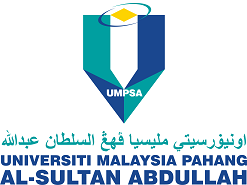GC-MS ANALYSIS OF BIOACTIVE CONSTITUENTS OF JASMINE FLOWER
DOI:
https://doi.org/10.15282/jceib.v4i1.3883Keywords:
Microwave-Assisted Hydrodistillation (MAHD), Gas Chromatography- Mass Spectrometry (GC-MS), Phytochemical constituents, Methanol extractAbstract
Gas Chromatography-Mass Spectrometry (GC-MS) the best technique to identified the compounds of essential oils by comparison of mass spectra data obtained from the sample with that taken from pure commercially available standards injected under the same conditions. To characterize the chemical constituents of Hibiscus Flower using GC-MS, the shade dried flower powder was extracted with methanol by using Microwave-assisted Hydrodistillation (MAHD). The GC-MS analysis provided different peaks determining the presence of ten compounds. These compounds have
biological activity namely 2-Phenylthiolane (57.31%), Cyclohexene, 3-ethenyl- (25.91%), Acetaldehyde (12.70%), N-Methylallylamine (9.99%), ropanamide (6.79%) and Phthalic acid, bis (7-methyloctyl) ester (5.21%). From the results, it can be concluded that Jasmine flower extract shows the presence of 10 phytocompounds. The presence of various bioactive compounds justifies the use of the jasmine flower for various ailments by traditional practitioners.



